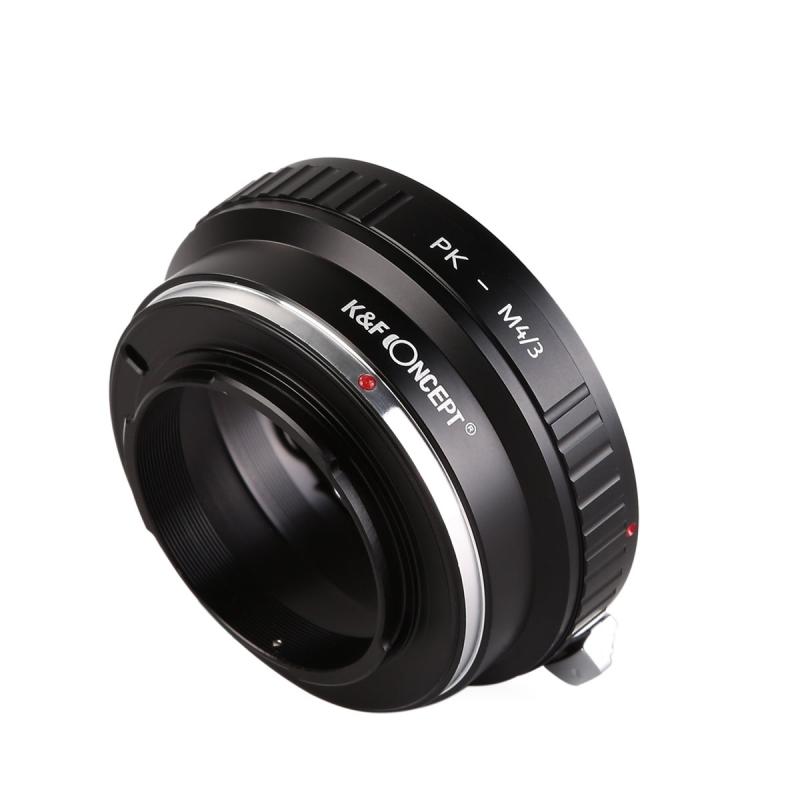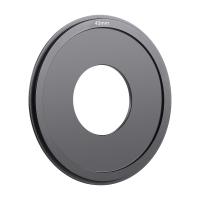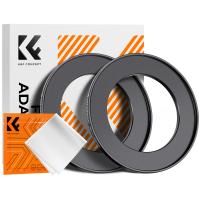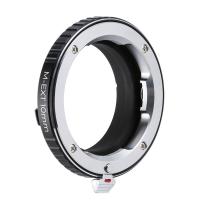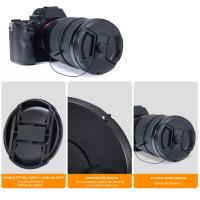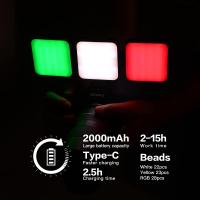How Does A Digital Camera Create Graphics ?
A digital camera creates graphics by capturing light through its lens and converting it into digital data. The camera's image sensor, typically a charge-coupled device (CCD) or a complementary metal-oxide-semiconductor (CMOS) sensor, detects the intensity and color of the light that enters the camera. The sensor then converts this information into a digital signal, which is processed by the camera's image processor.
The image processor applies various algorithms and adjustments to the digital signal, such as white balance, exposure, and color correction, to enhance the captured image. It also compresses the data to reduce file size without significant loss of quality. The processed image is then saved onto a memory card or internal storage as a digital file, typically in formats like JPEG or RAW.
These digital files can be transferred to a computer or other devices for further editing or sharing. The graphics created by a digital camera are essentially a representation of the captured scene, converted into a digital format that can be viewed, manipulated, and stored electronically.
1、 Image sensor and light capture in digital cameras
A digital camera creates graphics through a combination of image sensor technology and light capture mechanisms. The image sensor, typically a charge-coupled device (CCD) or a complementary metal-oxide-semiconductor (CMOS) sensor, is the heart of a digital camera. It converts light into electrical signals, which are then processed to create digital images.
When light enters the camera through the lens, it passes through a series of optical elements that focus and direct the light onto the image sensor. The image sensor is made up of millions of tiny photosensitive elements called pixels. Each pixel captures the intensity and color information of the incoming light.
In a CCD sensor, the light photons strike a photosensitive layer, creating an electric charge proportional to the intensity of the light. This charge is then transferred to a capacitor, where it is measured and converted into a digital value. CMOS sensors, on the other hand, use a different approach where each pixel has its own amplifier, allowing for faster readout and lower power consumption.
Once the electrical signals are obtained from the image sensor, they are processed by the camera's image processor. The processor applies various algorithms to enhance the image quality, adjust colors, and reduce noise. It also compresses the image to reduce file size without significant loss of quality.
The latest advancements in digital camera technology have focused on improving image sensor performance. Manufacturers are constantly striving to increase sensor resolution, dynamic range, and low-light sensitivity. Additionally, new sensor designs and technologies, such as backside-illuminated (BSI) sensors and stacked sensors, have emerged to further enhance image quality and overall camera performance.
In conclusion, a digital camera creates graphics by utilizing an image sensor to capture light and convert it into electrical signals. The image processor then processes these signals to produce high-quality digital images. Ongoing advancements in image sensor technology continue to push the boundaries of digital camera capabilities, enabling photographers to capture stunning graphics with ever-improving image quality.
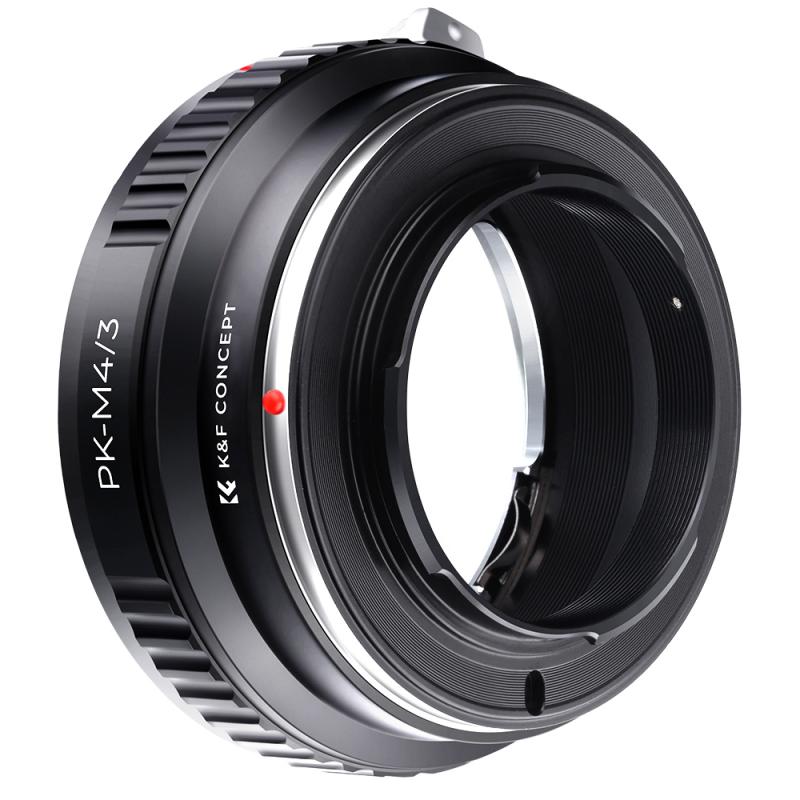
2、 Image processing and compression in digital cameras
A digital camera creates graphics through a combination of image processing and compression techniques. When a photo is captured, the camera's image sensor converts the light into electrical signals, which are then processed by the camera's image processor. The image processor applies various algorithms to enhance the image quality, adjust colors, and reduce noise.
One of the key processes in image processing is demosaicing, where the camera reconstructs the full-color image from the raw data captured by the image sensor. This involves interpolating missing color information from neighboring pixels, resulting in a high-resolution image with accurate colors.
After the image processing stage, the camera applies compression techniques to reduce the file size of the image. This is important for storing and transmitting images efficiently. The most commonly used compression method in digital cameras is JPEG (Joint Photographic Experts Group), which uses a lossy compression algorithm. It achieves compression by discarding some of the image data that is less perceptually important, while retaining the overall visual quality.
In recent years, digital cameras have seen advancements in image processing and compression techniques. Manufacturers are incorporating artificial intelligence (AI) algorithms into their cameras to improve image quality further. AI-powered cameras can automatically detect and correct common issues like blurriness, noise, and exposure problems, resulting in sharper and more vibrant images.
Furthermore, newer compression formats like HEIF (High-Efficiency Image Format) are gaining popularity. HEIF offers better compression efficiency than JPEG, allowing for smaller file sizes without significant loss in image quality. This format also supports advanced features like HDR (High Dynamic Range) and depth maps, enabling more immersive and visually appealing graphics.
In conclusion, a digital camera creates graphics through a combination of image processing and compression techniques. These processes have evolved over time, incorporating AI algorithms and newer compression formats to enhance image quality and reduce file sizes.
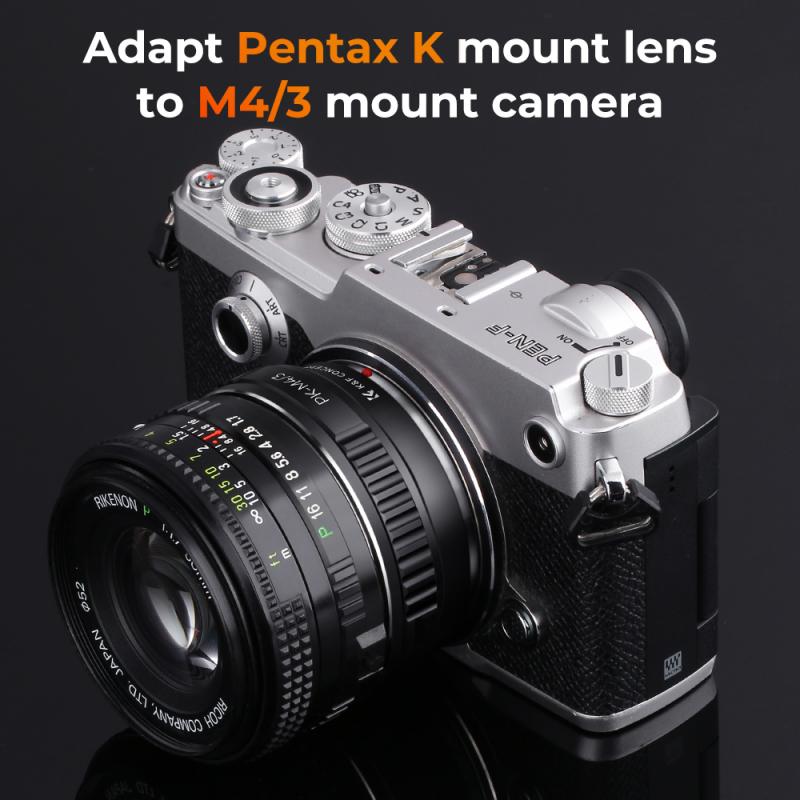
3、 Lens and optics in digital cameras
A digital camera creates graphics by utilizing a combination of lens and optics technology. The lens in a digital camera is responsible for capturing light and focusing it onto the image sensor. The image sensor then converts the light into digital signals, which are processed and stored as image files.
The lens in a digital camera is designed to gather as much light as possible and direct it onto the image sensor. It consists of multiple glass elements that work together to control factors such as focus, zoom, and aperture. The lens elements are arranged in a specific configuration to minimize distortions and aberrations, ensuring that the captured image is sharp and accurate.
Optics play a crucial role in the overall image quality produced by a digital camera. The quality of the optics determines factors such as sharpness, contrast, and color accuracy. Manufacturers continuously strive to improve the optics in digital cameras to deliver better image quality and performance.
In recent years, advancements in lens and optics technology have led to significant improvements in digital cameras. For example, the development of aspherical lens elements has helped reduce spherical aberrations, resulting in sharper images. Additionally, the use of specialized lens coatings has improved light transmission and reduced lens flare and ghosting.
Furthermore, the integration of advanced image processing algorithms and software in digital cameras has enhanced the overall image quality. These algorithms help correct distortions, reduce noise, and enhance colors, resulting in more vibrant and lifelike graphics.
In conclusion, a digital camera creates graphics through the combined efforts of lens and optics technology. The lens captures light and focuses it onto the image sensor, which converts the light into digital signals. Ongoing advancements in lens and optics technology, along with the integration of advanced image processing algorithms, continue to push the boundaries of digital camera capabilities and improve the quality of graphics produced.
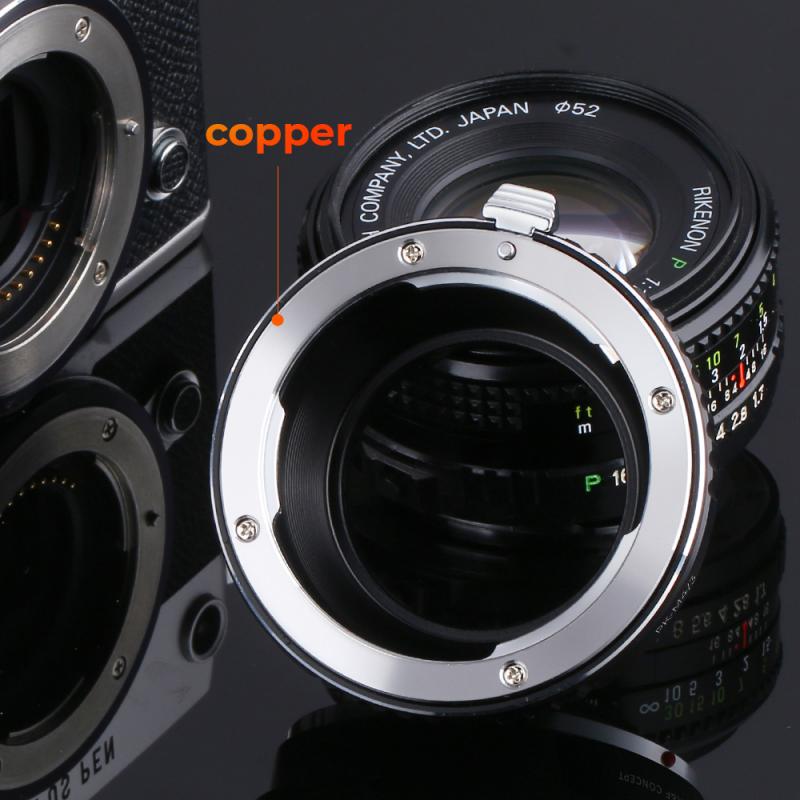
4、 Digital image storage and file formats
A digital camera creates graphics by capturing light through its lens and converting it into digital information. This process involves several steps that ultimately result in the creation of a digital image.
When you press the shutter button on a digital camera, light enters through the lens and falls onto an image sensor, typically a charge-coupled device (CCD) or a complementary metal-oxide-semiconductor (CMOS) sensor. These sensors consist of millions of tiny photosensitive elements called pixels. Each pixel measures the intensity of light that falls on it and converts it into an electrical charge.
The camera's analog-to-digital converter then converts these electrical charges into digital data. This data is processed by the camera's image processor, which applies various algorithms to enhance the image quality, adjust colors, and reduce noise.
The resulting digital image is then stored in the camera's memory card. The image file format used for storage can vary, with common formats being JPEG, RAW, and TIFF. JPEG is a compressed format that reduces file size but may result in some loss of image quality. RAW files, on the other hand, contain unprocessed data straight from the image sensor, allowing for more flexibility in post-processing. TIFF files are lossless and preserve all the image data, but they tend to have larger file sizes.
In recent years, digital cameras have seen advancements in sensor technology, allowing for higher resolution and improved low-light performance. Additionally, camera manufacturers have introduced features like image stabilization, face detection, and advanced autofocus systems, further enhancing the quality and usability of digital images.
Overall, the process of creating graphics in a digital camera involves capturing light, converting it into digital data, processing the data, and storing it in a file format suitable for further use or sharing.
